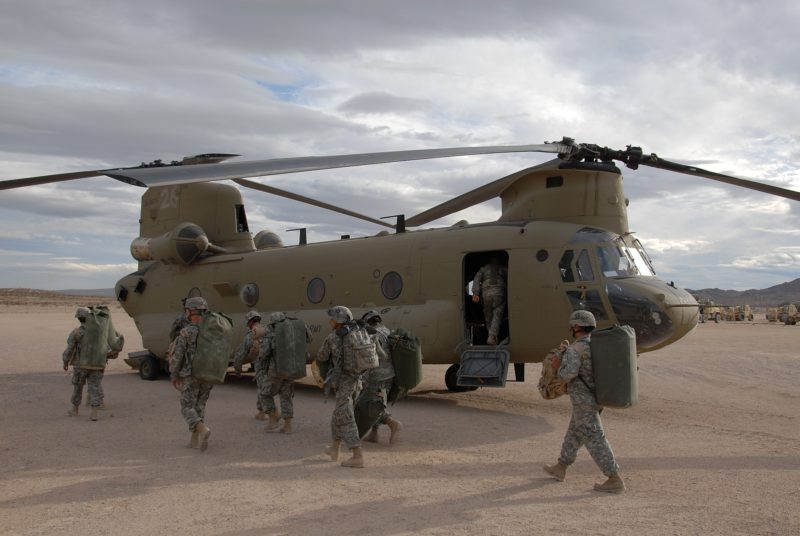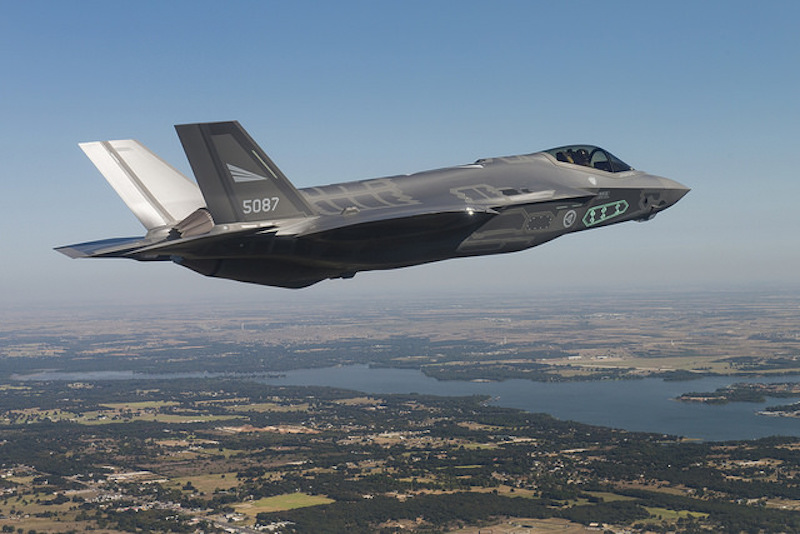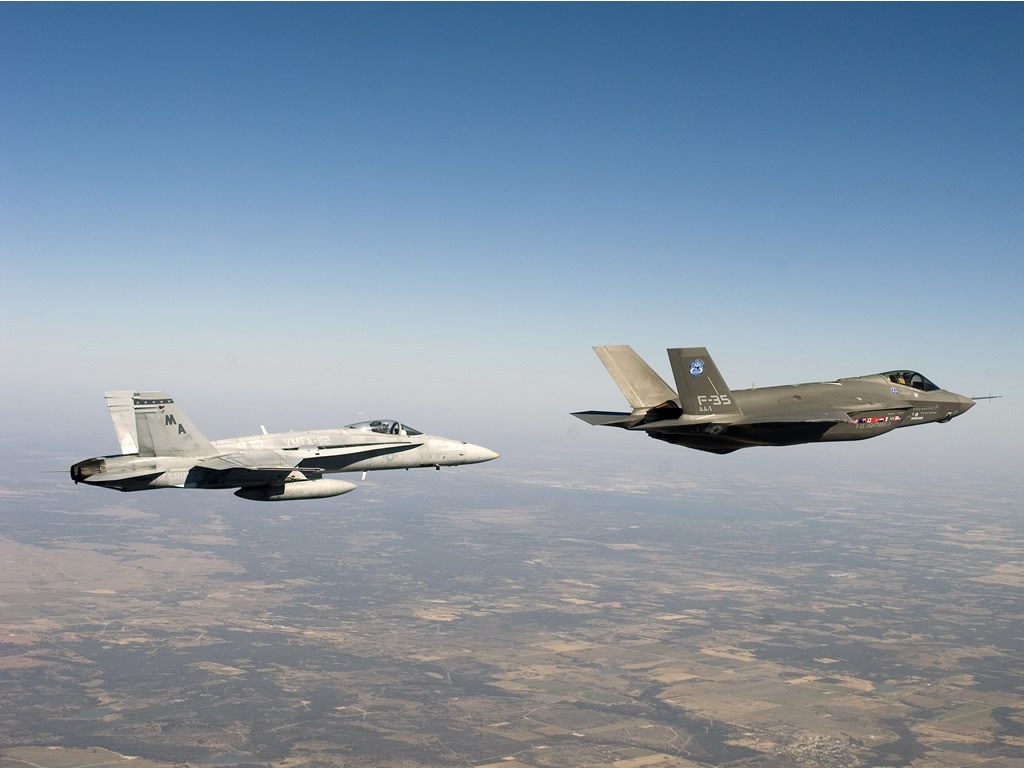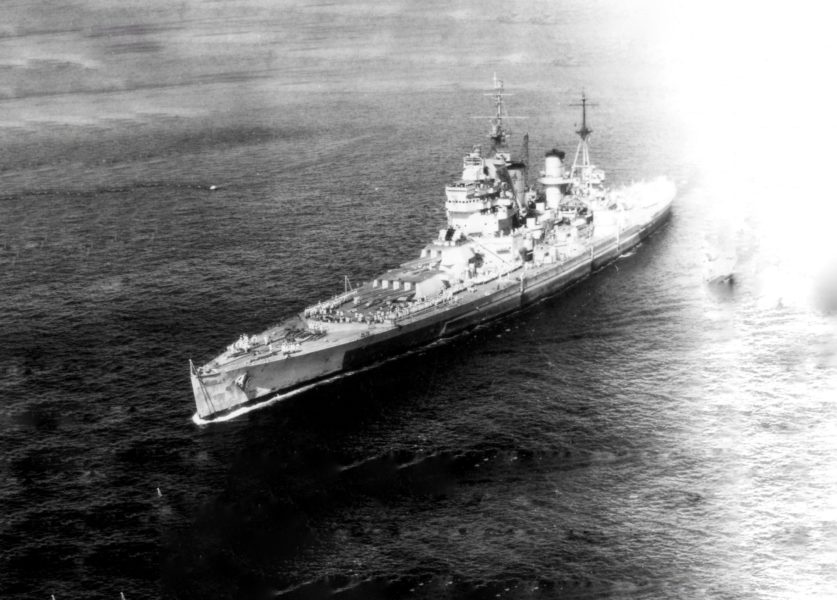While the ongoing saga of the RCAF’s CH-124 Sea King’s decommissioning and the CH-148 Cyclone acquisition process have highlighted recurring complications in Canada’s military acquisition system, the RCAF continues to renew its other rotary-wing fleets; a process not without complications.
CH-147F Chinook: the (not so) new kid on the block
A decade into the Cold War, troop mobility became an important concern to those overseeing NATO forces in Europe. For Canada, the advantages of using helicopters to increase troop mobility, security, and transport supplies were first mentioned in Parliament during a 1954 debate. 50 years later, Canada would re-learn this lesson as the lack of good air transport left Canadian soldiers and convoys operating on Afghan roads outside the wire vulnerable to breakdowns, IEDs, ambushes and suicide bombers.
Canada procured eight CH-147 Chinook helicopters in the mid-1970s but sold them to the Dutch in the early 1990s due to budgetary restrictions and increasing maintenance costs.
Following the release of the Manley Report in 2008, which recommended the immediate purchase of new medium-lift helicopters, Canada scrambled to purchase six second-hand American CH-47Ds (redesignated CH-147D), which became operational in 2009. While the purchase of the CH-147D fulfilled an immediate war time need, a permanent solution to Canada’s lack of medium-to-heavy-lift capability was already under way, but subject to delays and increasing costs.
In July 2005, the government announced the Medium-to-Heavy-Lift Helicopter (MHLH) Project at a projected cost of $2.3 billion for the delivery of 16 new Chinooks. DND chose to proceed with an Advance Contract Award Notice (ACAN) and expected to award a contract by July 2007. DND’s original 2006 statement of mandatory requirements for the new Chinooks listed seven high-level requirements which could be met by an off-the-shelf (OTS) Boeing Chinook model. As such, the ACAN announced the government’s intention to award a contract to Boeing should no other company come forward with an aircraft that met all the requirements laid out in the ACAN.
For Canada’s budget conscious defence establishment, OTS is often an alluring procurement option as it reduces developmental costs and can also shorten acquisition timelines as equipment is already in production. But Jeffrey Collins warns that the problem with OTS in the Canadian context is that it is ‘rarely faster to acquire and cheaper to buy’. He explains that due to a limited defence budget, Canada has to rely on fewer platforms that can enable a wide range of missions the CF might be called upon to undertake. To be versatile and adapted to the country’s geostrategic situation, these platforms often require Canada-specific upgrades.
While negotiations with Boeing were underway, DND added specifications which could not be met by Boeing’s OTS Chinook model. The added specifications required significant changes to the Chinook’s design which added costs and caused delays in certification for airworthiness.
The ‘canadianization’ of the Chinook included upgraded electrical systems, aircraft survivability equipment and the notable ‘fat tanks’ which allow the F model a greater fuel capacity and extended range. For comparison, the American CH-47 has a range of 460 miles, the CH-147F has a range of over 720 miles.
According to the 2010 Auditor General (AG) report, the ‘Canadian-required modifications increased the cost of each aircraft by 70 percent more than initially quoted by Boeing in early 2006.’ A sole-source contract for $4.9 billion was finally signed with Boeing in 2009 for the delivery of 15 CH-147F Chinooks. While the original project timeline was set to deliver the final aircrafts by 2008, 450 Tactical Helicopter Squadron (THS), based in Petawawa, Ontario, took delivery of its 15th and final Chinook in the summer of 2014 – six years after the original delivery date.
From an acquisition perspective, some have qualified the Chinook procurement process as a failure based on late delivery and cost overruns. The AG cited DND officials’ lack of transparency with Cabinet and Treasury Board from the very beginning of the MLHL project as the source of the problem. According to findings, ‘National Defence knew, prior to seeking preliminary project approval from the Treasury Board and issuing the ACAN, that significant modifications to a basic Chinook were desired and planned’. A clear picture of additional costs, delays and risks associated with ‘canadianization’ was not clearly presented to Treasury Board until 2009, when the contract with Boeing was finally signed.
While these are valid points, a capabilities-based perspective tells a different story. The RCAF now operates one of the most technologically advanced helicopters ever delivered on the market. The Chinook brings important transport and lift capabilities to Canadian tactical aviation. The acquisition process may have been opaque, but it’s clear Canada hit the mark with its CH-147F.
Photo: “CH-47F at NTC ” (2008), by Sgt. Michael R. Caya via Wikimedia. Public Domain of the United States Department of Defense.
Disclaimer: Any views or opinions expressed in articles are solely those of the authors and do not necessarily represent the views of the NATO Association of Canada.




